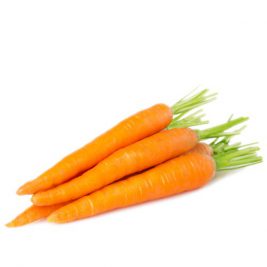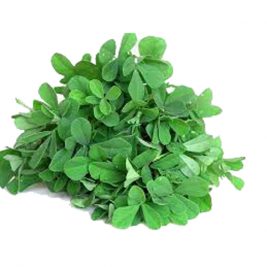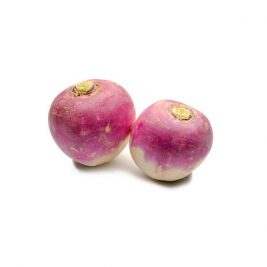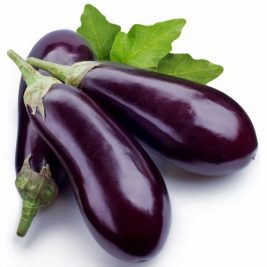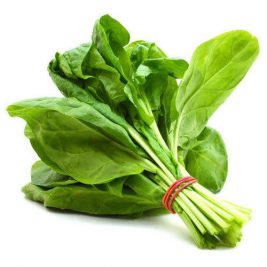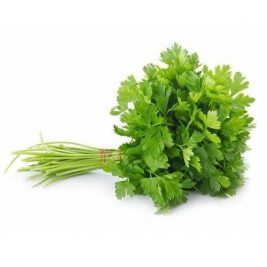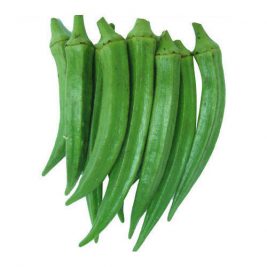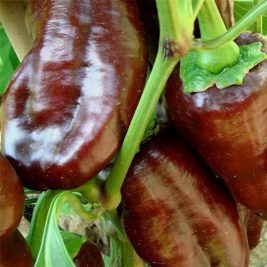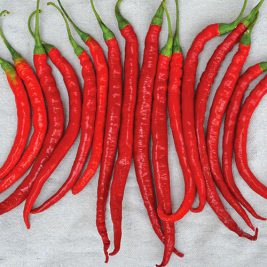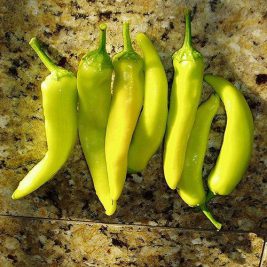Sorry, nothing in cart.
Kitchen Gardening
-
₨120
The carrot is a root vegetable, usually orange in color, though purple, black, red, white, and yellow cultivars exist. Carrots are a domesticated form of the wild carrot, Daucus carota, native to Europe and southwestern Asia.
-
₨120
Fenugreek is an annual plant in the family Fabaceae, with leaves consisting of three small obovate to oblong leaflets. It is cultivated worldwide as a semiarid crop. Its seeds and leaves are common ingredients in dishes from South and Central Asia
-
₨120
The radish is an edible root vegetable of the Brassicaceae family that was domesticated in Europe in pre-Roman times. Radishes are grown and consumed throughout the world, being mostly eaten raw as a crunchy salad vegetable
-
₨120
turnip is a root vegetable commonly grown in temperate climates worldwide for its white, fleshy taproot. The word turnip is a compound of tur- as in turned/rounded on a lathe and neep, derived from Latin napus, the word for the plant.
-
₨120
Eggplant, aubergine, or brinjal is a plant species in the nightshade family Solanaceae, Solanum melongena, grown for its often purple edible fruit
-
₨120
Spinach is a leafy green flowering plant native to central and western Asia. It is of the order Caryophyllales, family Amaranthaceae, subfamily Chenopodioideae. Its leaves are a common edible vegetable consumed either fresh, or after storage using preservation techniques by canning, freezing, or dehydration
-
₨120
Coriander, also known as Chinese parsley, the stems and leaves of which are usually called cilantro in North America, is an annual herb in the family Apiaceae. All parts of the plant are edible, but the fresh leaves and the dried seeds are the parts most traditionally used in cooking
-
₨120
ladies’ fingers or Ochro, is a flowering plant in the mallow family. It is valued for its edible green seed pods. The geographical origin of okra is disputed, with supporters of West African, Ethiopian, and South Asian origins
-
₨120
The habanero is a hot variety of chili pepper. Unripe habaneros are green, and they color as they mature. The most common color variants are orange and red, but the fruit may also be white, brown, yellow, green, or purple. Typically, a ripe habanero is 2–6 cm long
-
₨120
Capsicum annuum is a species of the plant genus Capsicum native to southern North America and northern South America. This species is the most common and extensively cultivated of the five domesticated capsicums.
-
₨120
The cayenne pepper is a type of Capsicum annuum. It is usually a moderately hot chili pepper used to flavor dishes
-
₨120
This pepper is usually harvested before maturity when still yellow. It measures between 4″-6″ inches in length (10-15cm) which tapers to a rounded point. Upon maturity, the pepper becomes orange then red in color.
-
Contact UsYou may connect with Team Greene at 0330-3450001
-
After SalesEven after Sales, Greene is there for you !!!
-
Return PolicyIf Product has a fault, Greene Returns *(T&C)
